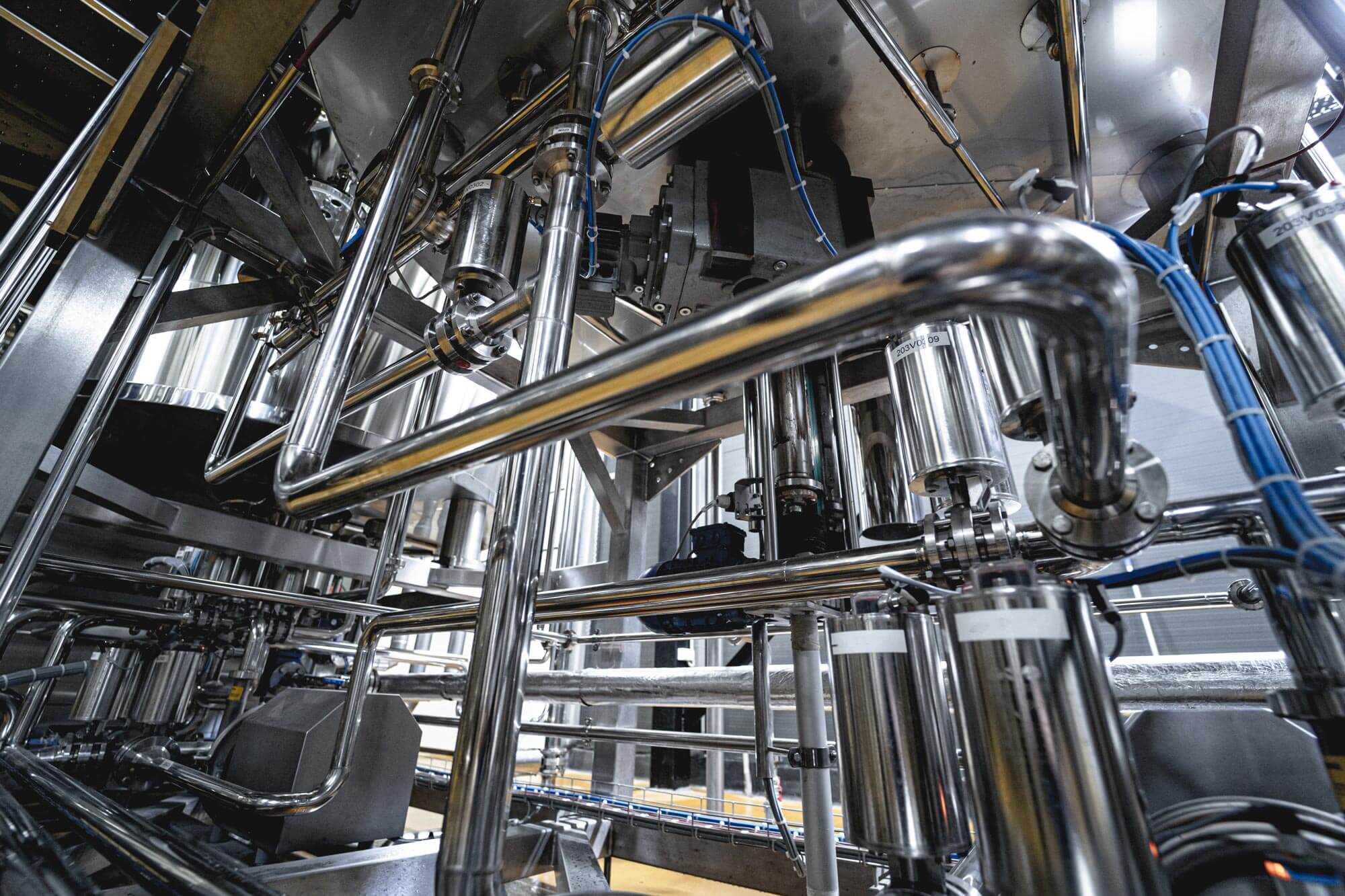The Role of Heat Transfer Liquid in Enhancing System Efficiency and Security
In the ever-evolving landscape of commercial procedures, warmth transfer liquids (HTFs) arise as crucial components in maximizing both system efficiency and security. These specialized liquids, recognized for their remarkable thermal conductivity and controlled thickness, make it possible for efficient heat exchange, which is important for streamlined procedures.
Comprehending Warmth Transfer Liquids
Warmth transfer liquids, usually taken into consideration the lifeblood of thermal administration systems, play an essential duty in regulating temperature throughout numerous industrial applications - heat transfer fluid. Industries such as chemical processing, power generation, and production depend on heat transfer liquids to make certain equipment operates effectively and safely.
The choice of an appropriate warmth transfer fluid is important to the success of a thermal management system. Recognizing the nature and function of these liquids entails identifying their capability to take in, transport, and launch warmth power properly. Warmth transfer liquids can be broadly classified into various kinds, including water-based, glycol-based, and synthetic oils, each with its certain applications and advantages. The option of liquid relies on factors such as temperature level range, thermal security, and compatibility with system materials. In summary, an extensive understanding of warmth transfer liquids is important for maximizing system efficiency, making sure functional safety and security, and attaining economical thermal administration services.
Secret Quality of HTFs

The particular warmth capacity of an HTF marks the amount of warmth power called for to transform its temperature level, influencing just how efficiently the system can respond to temperature level variants. The boiling and freezing points of HTFs additionally play an essential function, especially in systems subjected to severe temperature levels, making certain fluid stability and avoiding phase changes throughout operation.
Enhancing System Performance
To boost system performance with warm transfer liquids (HTFs), it is necessary to integrate a thorough approach that considers both fluid residential or commercial properties and system layout. The option of an appropriate HTF is critical, as its thermal conductivity, viscosity, and specific warm ability straight influence the efficiency of heat exchange. High thermal conductivity makes certain rapid warm transfer, while optimum viscosity facilitates smooth circulation with the system, lessening energy usage. Additionally, a high particular warmth capability permits the liquid to shop and move even more thermal power, boosting overall system performance.
Just as vital is the style of the heat transfer system itself. Engineers have to ensure that parts such as heat exchangers, pumps, and piping are designed to complement the properties of the picked HTF. The surface area and material of warm exchangers should be enhanced to optimize heat transfer effectiveness. heat transfer fluid. In addition, the combination of innovative innovations, such as variable rate pumps and smart tracking systems, can significantly improve the responsiveness and adaptability of the system to changing functional problems.
Boosting Operational Safety
Making certain functional safety and security in warmth transfer systems needs a careful concentrate on both the properties of warm transfer liquids (HTFs) and the layout and maintenance of the whole you could check here system. HTFs must possess thermal security, reduced flammability, and ideal thickness to decrease dangers such as leaks, fires, and system breakdowns. Choosing the best HTF is critical as it identifies the system's ability to manage temperature level variations without compromising safety and security.
The design of the system ought to integrate redundancies and fail-safes to take care of prospective hazards efficiently. This includes the integration of safety valves, stress alleviation devices, and temperature surveillance systems to identify and resolve abnormalities promptly. Regular maintenance is critical to make sure that all parts, consisting of pumps, pipes, and seals, are operating appropriately and are cost-free from wear or rust, which might cause hazardous leaks or failures.
Moreover, personnel responsible for the procedure and upkeep of heat transfer systems should be appropriately educated in security methods and emergency situation reaction procedures. Regular training programs and safety and security drills can considerably decrease the chance of accidents, guaranteeing a safer working setting. Inevitably, a thorough method to safety-- incorporating fluid option, system design, and workforce training-- is vital for optimum functional protection.
Industry Applications of HTFs
Extensively used throughout various sectors, warm transfer fluids (HTFs) play a critical role in improving the efficiency and reliability of thermal administration systems. In the chemical sector, HTFs are integral for keeping specific temperatures throughout responses, guaranteeing item uniformity and high quality. They assist in warm exchange visit homepage procedures in reactors, condensers, and heat exchangers, therefore enhancing energy use and minimizing waste.
In the oil and gas field, HTFs are utilized in both upstream and downstream operations. They take care of temperature level in drilling operations and boost efficiency in refining procedures by providing secure thermal conditions. This causes reduced downtime and boosted safety and security, especially in critical operations such as purification and breaking.
The renewable resource industry likewise benefits substantially from HTFs, particularly in concentrated solar power (CSP) plants. Here, HTFs transfer captured solar energy to power turbines, allowing reliable electrical energy generation. The pharmaceutical industry relies on HTFs for specific temperature level control in both synthesis and storage, guaranteeing product effectiveness and security.


In addition, the food and drink sector uses HTFs for pasteurization, sterilization, and cooking procedures, improving both item safety and security and production efficiency. Throughout these markets, HTFs act as indispensable parts in keeping optimal functional efficiency and security.
Final Thought
Heat transfer liquids are crucial in improving industrial system efficiency and safety by using high thermal conductivity, optimum thickness, and thermal security. Proper option and maintenance Click This Link of HTFs boost warmth exchange effectiveness, consequently improving functional effectiveness.